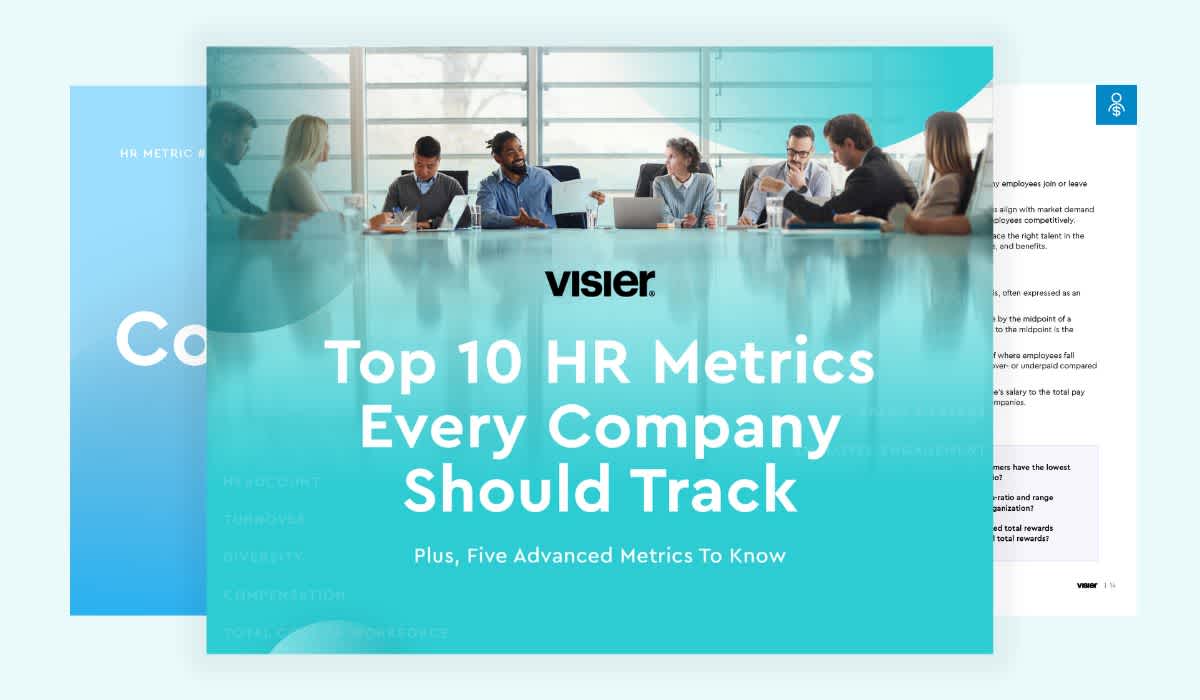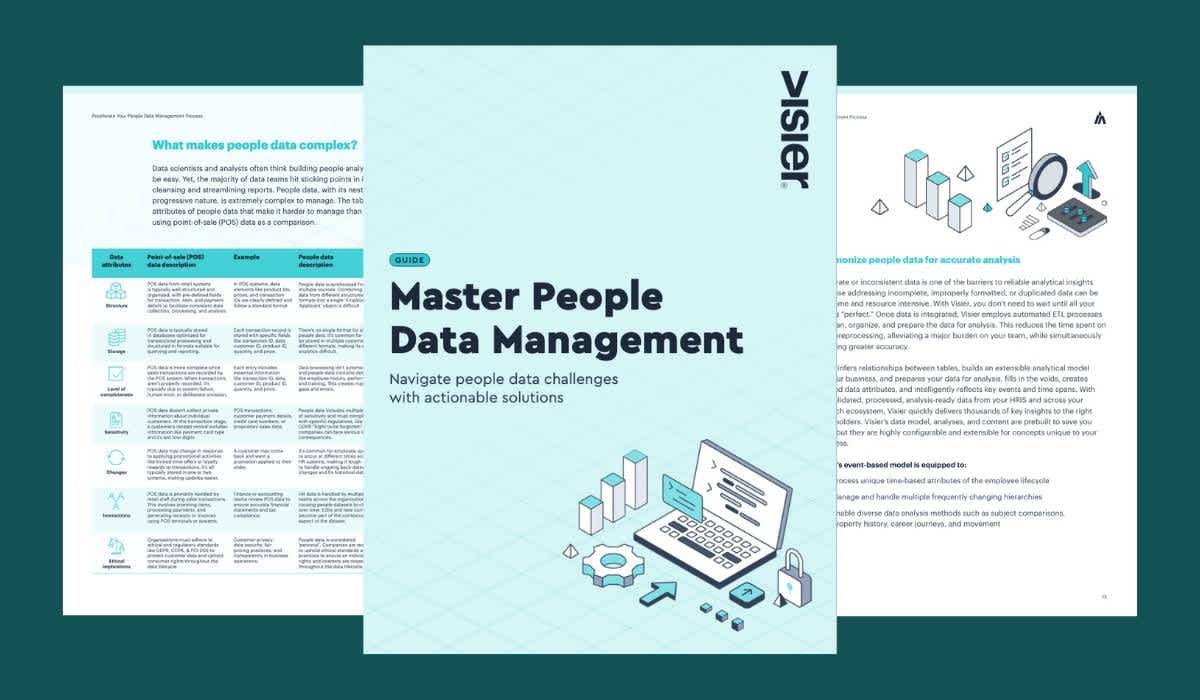The power of payroll data: An interview with a leader in data management, BI, and people analytics
An interview with Dave Wallis of Insperity, a leader in data management, BI, and people analytics.

Dave Wallis, Director of Analytics and Information Strategy at Insperity, is a long-time data management and BI professional, who’s currently focused on developing Insperity’s people analytics offering (in partnership with Visier). He has a deep understanding of how powerful data is for every area of the business. We sat down with him to specifically understand how payroll data and people analytics can be used together to gather actionable insights.
Visier: Why does payroll data matter?
Dave Wallis: Because the cost of payroll typically represents the largest workforce-driven financial impact on business, it can provide a great deal of actionable insight.
V: What are the most important payroll metrics that an HR leader or CHRO cares about? Why? How do they use them?
DW: HR senior leadership (CHRO or VPHR) is responsible for ensuring that the investment in its workforce is aligned with company health and growth. In their communication with other company leadership, HR senior leaders should be more focused on strategic metrics. For example, the trend of commission dollars will typically be reflective of customer/account growth. Payroll data that shows commission cost as a percentage of company revenue may demonstrate how the organization is benefitting from its continued commission incentive programs.
V: What are the most important metrics that a payroll officer or manager cares about within their company’s payroll data? Why?
DW: At the payroll manager level, concerns will be more tactical. Ability to accurately plan for future payroll liability is critical — this includes things like considering the impact of payroll increases from the recruiting pipeline and factoring in expected overtime costs and PTO liability.
V: How do you think people analytics can make payroll data more powerful?
DW: While reporting can help provide details to support reconciliation and information
exchange, analytics are what can deliver the deeper insights. Through interactive analysis, HR
leaders can drill into subpopulations of the workforce to identify hidden nuggets.
For example:
Is there a manager who is more likely to approve overtime based on previous payrolls?
Does overtime cost in a specific department justify the expansion of headcount?
Are the organization’s commissions and bonus payouts aligned with the projected company growth?
How impactful are the costs of payroll on the profitability of company projects or product lines?
One of the most impactful areas that we’ve seen is the layering in of job costing information against the costs of payroll. When a company can map their payroll dollars to projects, product lines or G/L accounts, they can clearly see how the supporting workforce costs impact the profitability of those accounts. And based on that assessment, they can better determine whether it makes sense to expand the workforce associated with that account, or to invest them in other areas of the company’s business.
V: When the payroll data is married with HRIS data through analytics, what insights are most beneficial?
DW: Being able to evaluate costs of payroll based on employee attributes can open new lines of thought. This is often where companies start to help identify potential areas of pay inequity — whether based on employee demographics or comparing differences across the organization’s locations, departments or managers.
V: If a company isn’t using payroll data what are the risks/impact to their business?
A business that is not continually evaluating its payroll metrics may potentially get blind-sided by additional costs of payroll due to seasonal trends or unusual business-impacting events.
DAVE WALLIS, DIRECTOR OF ANALYTICS AND INFORMATION STRATEGY AT INSPERITY
V: Anything that we have missed that you think is important when thinking about payroll data and people analytics?
DW: Benchmarking is a key area of importance in understanding how a company is performing compared to its competitors. Diversity, turnover, and promotions are some of the more common HR-related benchmark areas. But extending benchmarks to factor in payroll-based information can add great value. For example, a benchmark showing commission as a percentage of overall payroll could help a business owner gain insight as to whether they are competitively compensating their sales team.
Download the eBook, The Big Book of People Analytics: Payroll Data, to learn how to take your data and use it to improve business outcomes.


